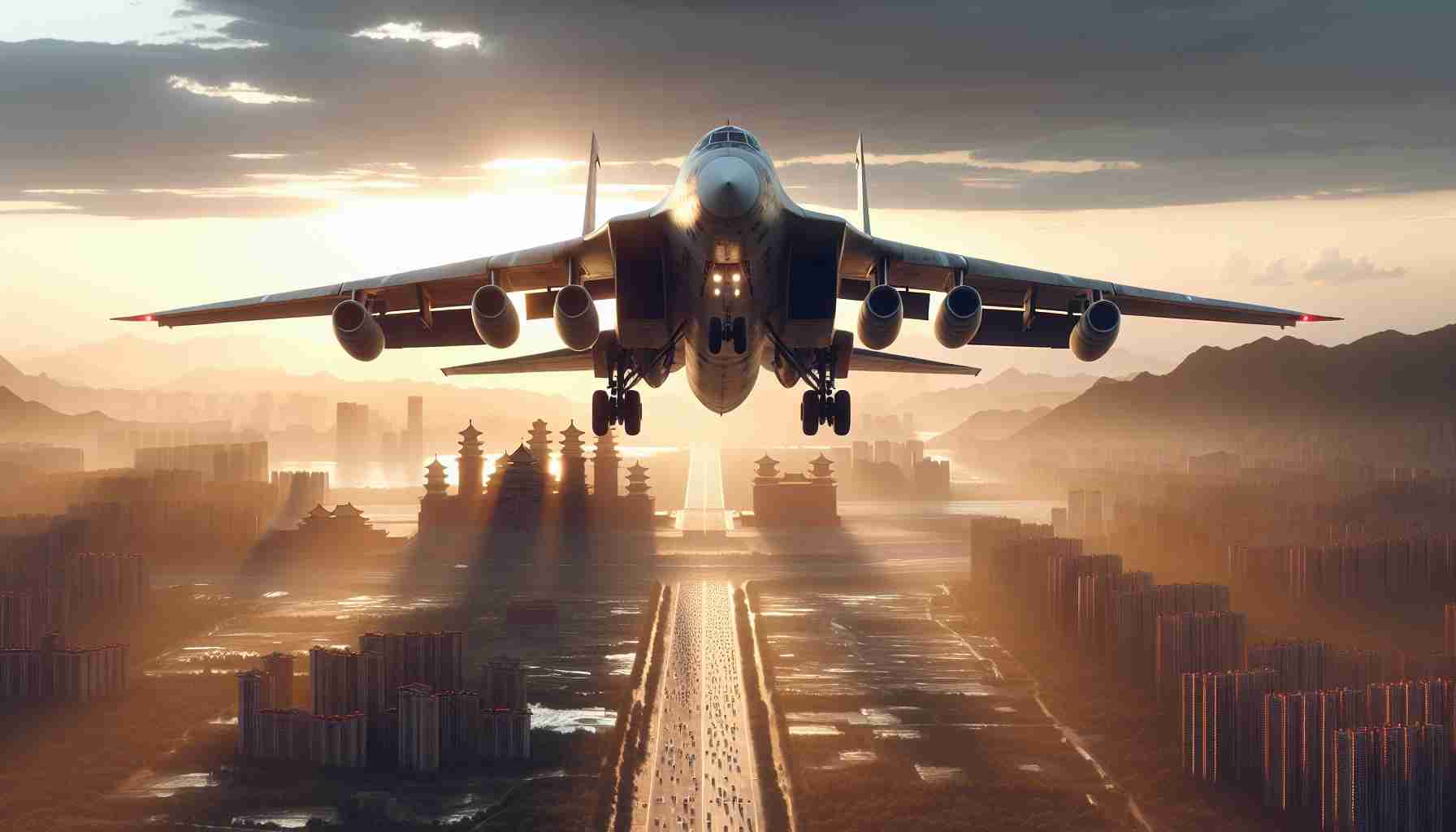In a groundbreaking aviation event, Russia’s Su-57 fighter jet made its debut appearance in China, marking the first time this aircraft has been showcased by Russia at an official international event. The cutting-edge fighter jet will participate in Airshow China 2024, held in Zhuhai. This occasion signifies Russia’s intention to demonstrate its military prowess to a broader audience.
Russia’s Su-57 is often labelled as a fifth-generation fighter by its manufacturers. However, experts note that its capabilities might be more akin to a 4++ generation aircraft, given certain technical limitations, such as its reliance on older missile systems. These limitations have spurred much debate about its placement in the hierarchy of modern fighter jets.
China’s Evolving Air Power dynamics underline this event’s significance. Back in 2020, a Chinese publication notably excluded the Su-57 from its ranking of fifth-generation fighters, opting instead for China’s J-20 and American F-22 and F-35 aircraft. The J-20 has evolved swiftly; by 2021, China had already upgraded it with indigenous WS-10C Taihang engines, moving away from Russian components.
This exhibition is more than just a show of technology. It highlights Russia’s aim to deepen its military ties with China, despite China’s public stance of distancing itself from official alliances. These developments come amid ongoing discussions about military cooperation between the two nations, with reports suggesting joint projects, including weaponry and advanced drones.
The Su-57’s attendance at Airshow China is a testament to the evolving landscape of global military alliances and technological advancements.
Is Russia’s Su-57 Fighter Jet Really a Global Game-Changer?
The recent appearance of Russia’s Su-57 fighter jet at the Airshow China 2024 has sparked a debate over the true capabilities of this much-discussed aircraft and its implications on global military dynamics. As nations around the world continually strive for technological superiority in defence, the spotlight is now on whether Russia’s Su-57 can genuinely compete with more established fifth-generation fighters and the effects this might have on the development of new technologies.
Technological Limitations: A Closer Look
Despite being marketed as a fifth-generation fighter, various defence analysts have raised concerns about the Su-57’s actual technological prowess. Its reliance on older missile systems and the absence of comprehensive stealth features put it closer to a 4++ generation aircraft. This classification controversy affects Russia’s portrayal as a leader in aviation technology. Can a nation be considered at the forefront of military aircraft development when its flagship fighter may lack cutting-edge stealth and systems?
The International Perception and Impact on Global Military Strategies
An intriguing facet is China’s decision in 2020 to exclude the Su-57 from its list of top fifth-generation fighters. By prioritising the American F-22, F-35, and its own J-20, China set a clear benchmark for the qualities it deems essential in modern aerial combat. This decision reveals much about global perceptions and introduces a provocative question: How do international rankings and perceptions influence military procurement and development strategies?
Pros and Cons of Russia-China Military Ties
With Russia showcasing the Su-57 in China, there’s a clear intention to fortify military collaborations between the two powers. However, this partnership is not without its complexities. Advantages include potential joint ventures in cutting-edge drone technology and advanced weaponry, promising a leap in tech progression for both countries. On the downside, the lack of a formal alliance may result in unpredictable shifts in cooperation should geopolitical tensions arise.
Implications for Innovation and Technology Advancement
The debut of the Su-57 in China has reignited debates surrounding the evolution of military aircraft technology. Through competition and collaboration, both countries are propelling the enhancement of technologies, not just in aviation but across various sectors such as AI and engineering. Critics argue this “arms race” approach could divert resources from essential civilian tech innovations.
Controversies and Ethical Questions
The ongoing development and showcasing of military technology pose ethical concerns. Does the race for superiority in fighter aircraft relieve or exacerbate global security tensions? What are the ethical implications of investing heavily in military advancements when similar technologies could address pressing global issues like climate change or public health?
In conclusion, while the Su-57 may not currently redefine air power, its presence in global exhibits like Airshow China suggests an ongoing narrative of technological rivalry and partnership reshaping the future landscape of military technology. To delve deeper into aviation advancements, visit Air Force Technology or explore defence dynamics at Defense News.







